
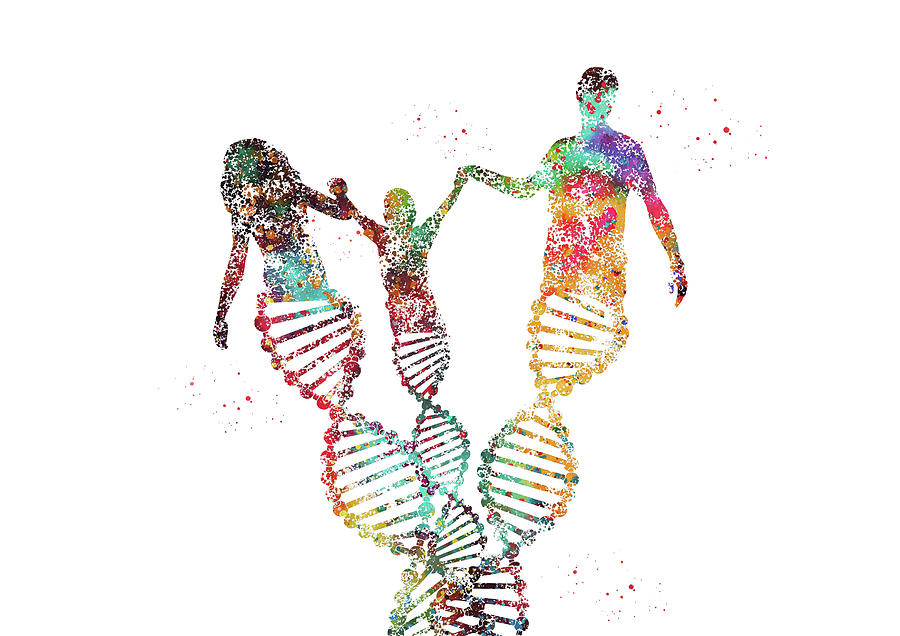
The human genome is “packed” in a particular molecule called DNA, which composes the core of our cells. This molecule is extremely big; if we could completely stretch it, it would be 2 metres long!
This incredible molecule, DNA, is composed of 2 main regions: coding and non-coding regions. The non-coding region is significantly more abundant and composes 98% of the total of our genome, while the coding genome only the remaining 2%. However, the coding region is hugely important, as it makes proteins, the basic functional units responsible for the smooth running of our body.

How do we identify and study the function of each coding region of DNA that makes a specific protein?
The scientific method utilised is called “knockout”, which refers to the use of genetic engineering to inactivate or remove one or more specific genes from an organism. In order to explore the function of a particular gene and study the effect of its loss, scientists historically used genetic engineering to create knockout organisms to study the impact of removing a gene from an organism, allowing the discovery of a gene’s functions.
For instance, rather than study the gene directly, it is easier for scientists to study the final product of a gene, its protein. Moreover, since the cell is composed of thousands of different genes that encode a massive range of proteins, how can we identify the function of THAT specific gene without concretely isolating it from the such chaotic “crowd”?
The most commonly used animal model for knockouts is mouse as, incredibly and totally unexpected, it shares approximately 70% of the same protein-coding gene sequences with us.
How do we make a knockout mouse?
Although knockout mice are very useful tools, they still have their disadvantages:
- Genetic engineering is a difficult, expensive and time-consuming
- Unethical issues due to the use of animals for scientific research
- Although the degree of gene homology is enormous between mice and humans, there are still genes that could have a certain function in laboratory animals but not the same function in humans
Absent or non functional proteins are the cause of more than half of human’s diseases. This is why knockout animals are so important for biomedical research. Once the function of a gene is known, researchers can work on developing a range of drugs to treat the disease, such as drugs that replicate the function of the missing protein or drugs that mitigate the effects of the disease.
Conclusion
Last year during university lectures, I had heard for the first time the term “knockout” without having a clue of what it was. In the first lecture of this new module, Engineering Replacement Body Parts, I was explicitly introduced to this concept for the first time.
My interest to research and expand knowledge on this methodology was that I had found this concept completely counterintuitive, as it works in a “reversed” manner! The principle is that we cannot study directly what the gene encodes if it is functional but we can infer its function when its final product, the protein, is no longer functional or completely absent.
Initially, I thought that scientists were always able to “isolate” the molecule of interest and then test it under a range of conditions in order to discover their properties and functions. This assumption was harshly challenged by the fact that, unfortunately, isolation of molecules is rarely achievable for a series of obstacles, such as lack of powerful enough technology or extremely high costs. For instance, we cannot visualise “in real time” the action of very tiny cellular components, such as nucleic acids, but we can do it for larger entities like living bacteria under a microscope.
I realised that something, which could immediately appear as counterintuitive, is not necessarily extremely complicated to understand. In the future, I will not feel discouraged if I cannot instantly catch a counterintuitive principle or technique, as this could reveal it as extremely important! Deepening my knowledge of knockout revolutionised my understanding of an essential scientific methodology used worldwide to discover the cause of many genetic diseases. As a future biomedical scientist, I will apply this knowledge to real-world scenarios not only to perfectly understand and review others’ research but also to design my future experiments and discover the cause of some human diseases!
Reference
National Human Genome Research Institute: https://www.genome.gov/genetics-glossary/Knockout

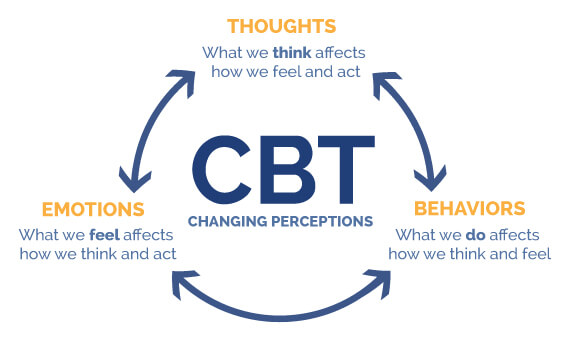
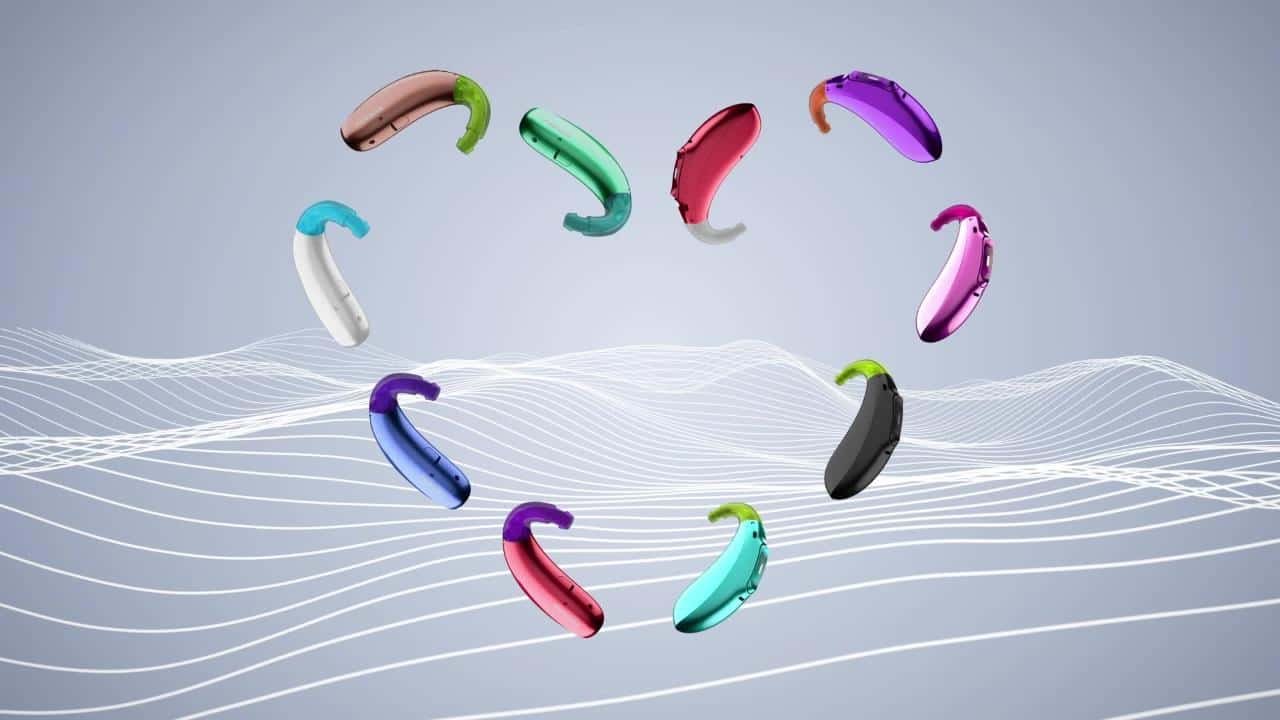

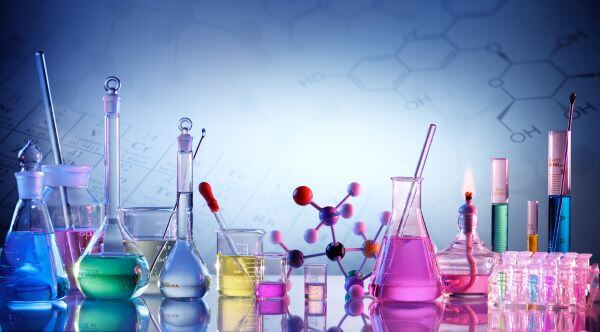


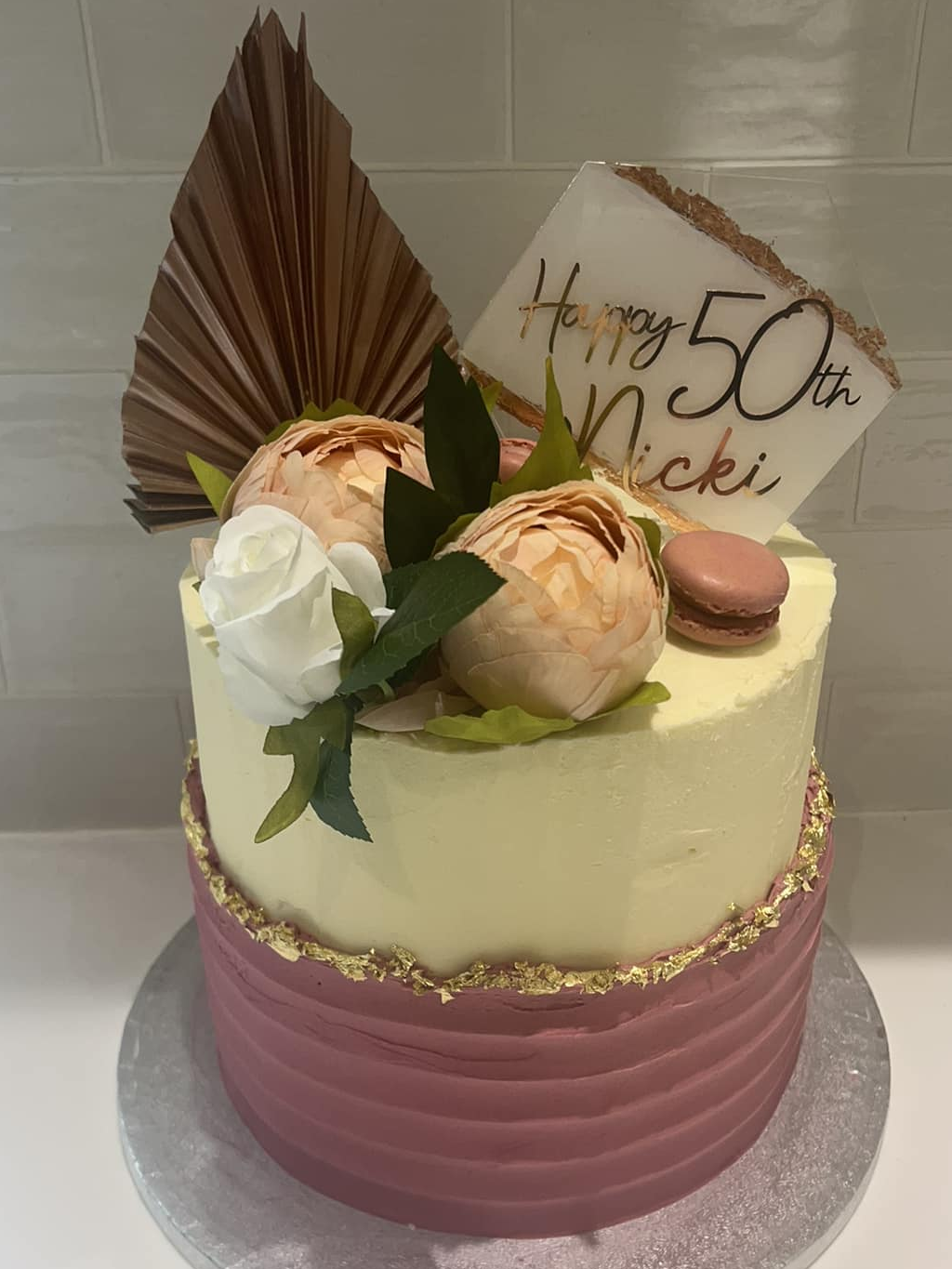

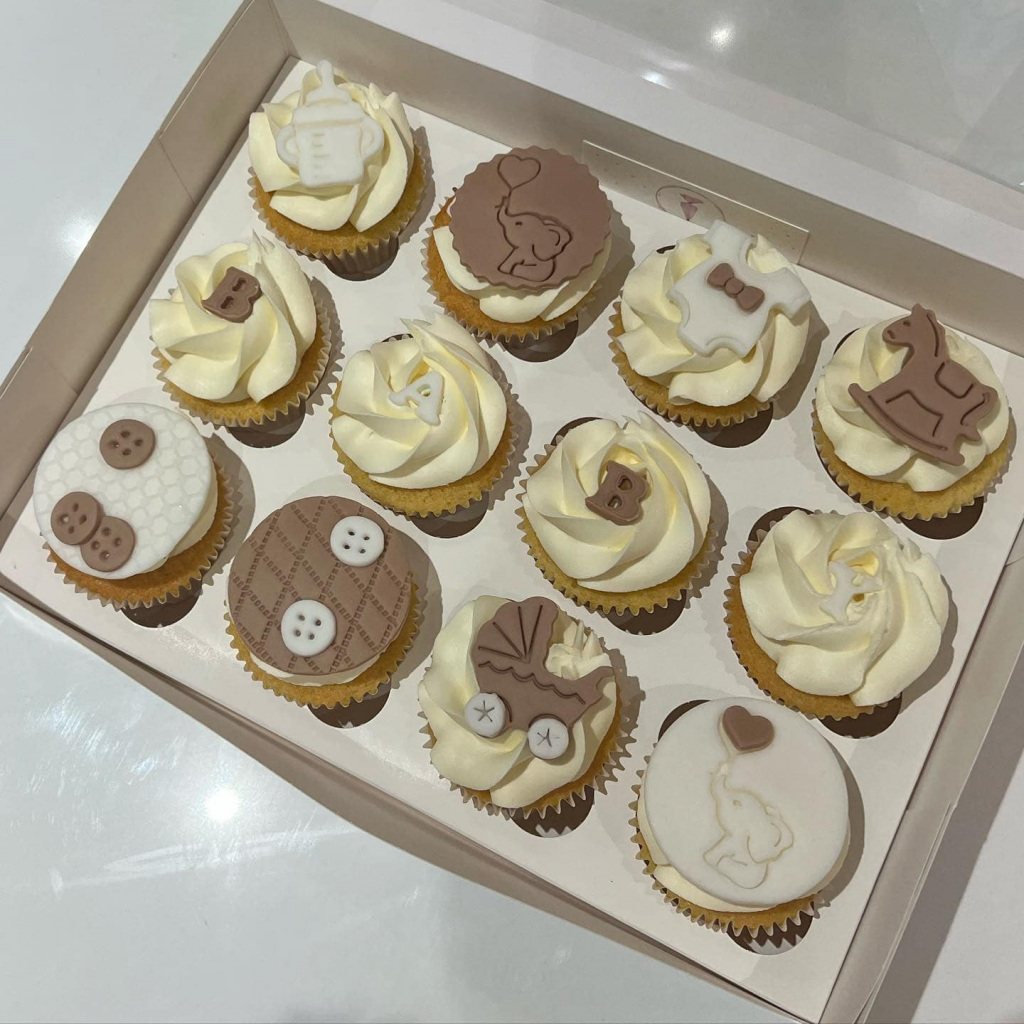


This is an initially reflective and well researched blog showing how you have chosen to explore the emerging field of…
This is a good attempt at a blog, where you reflect on your recent learning at a lecture/workshop to describe…
This is a fair to good blog, reflecting on your recent learning in some of your modules. You provide a…
This is an engagingly written and reflective blog focussed in general on ethics in medicine. You might improve by citing…
This is a good and well written an presented blog on an original subject - biofilms on implants. You explain…